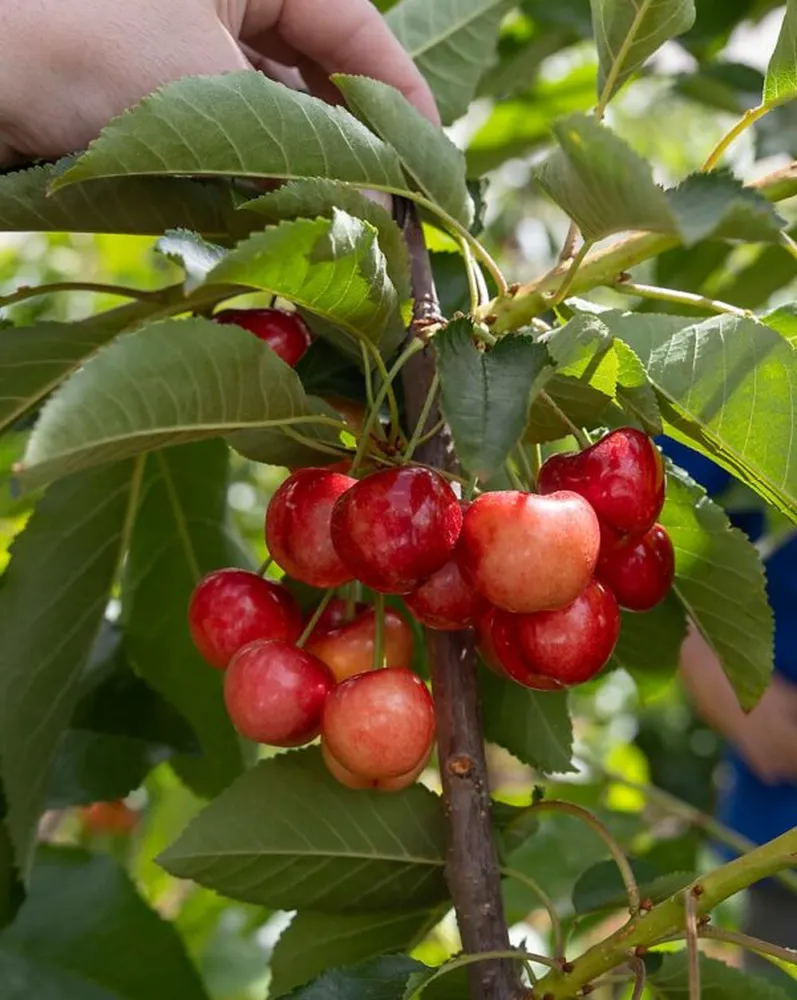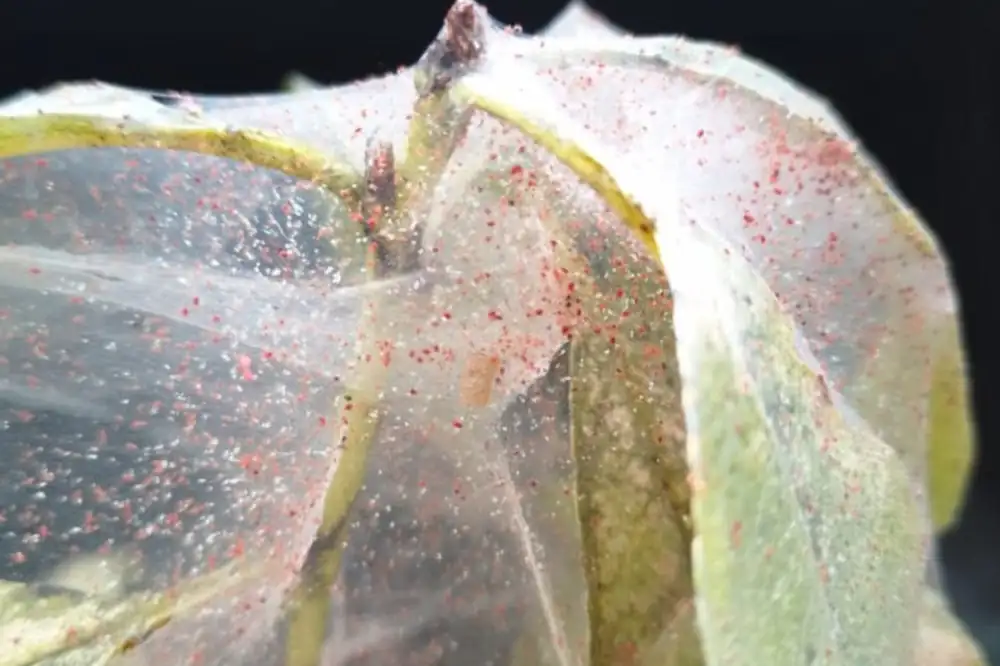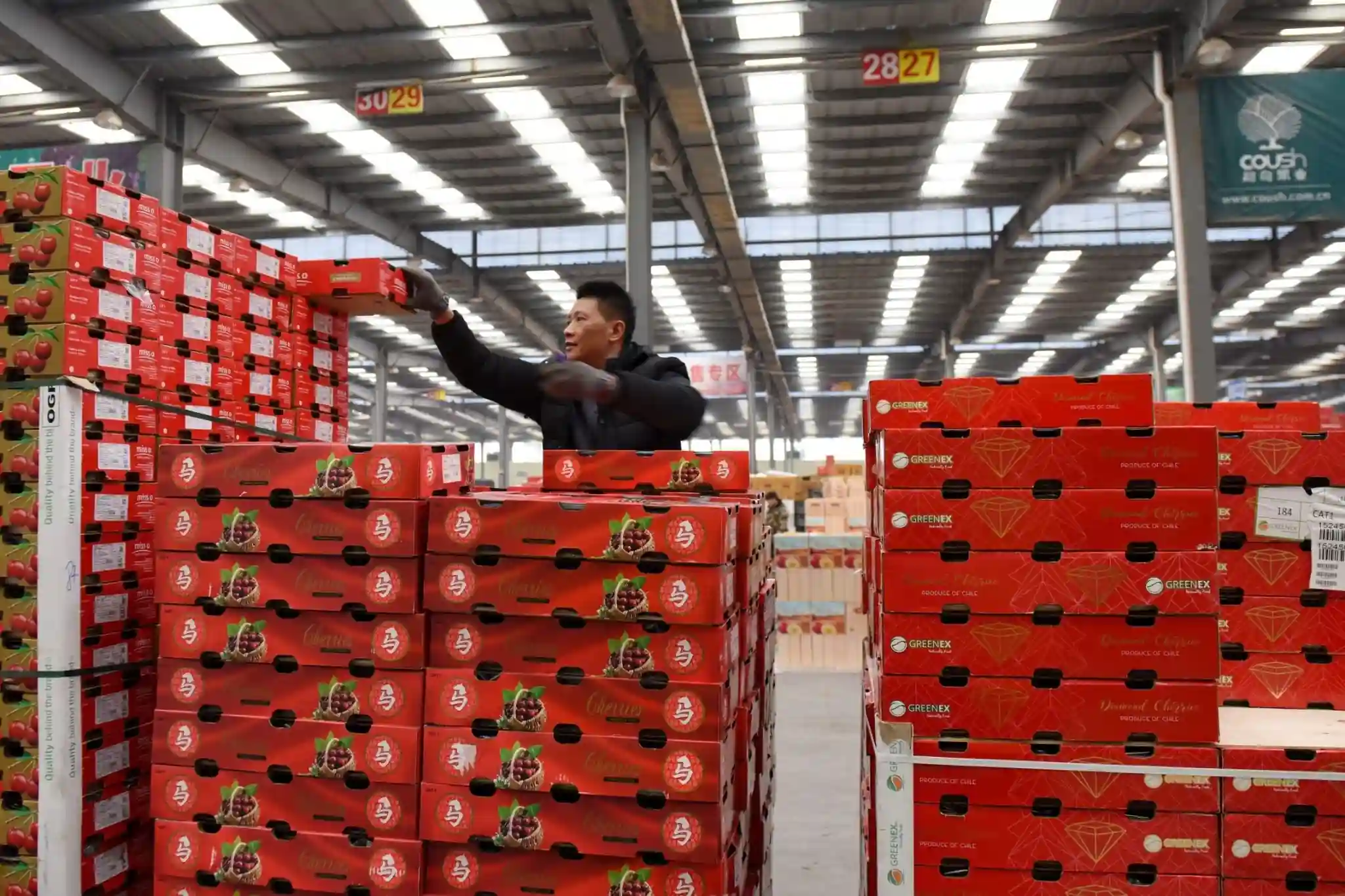Leith Gardner warns that cherries are not guaranteed to thrive in warm climates just because they are labeled as “low chill.”
"There are other factors beyond chill hours," said Gardner, owner of Zaiger Genetics in Modesto, California, known for developing early varieties of stone fruits, sweet cherries, and apples.
Fruit growers worldwide are planting cherries in warmer regions to supply the market year-round and take advantage of harvest windows. This is not new, but in recent years, Gardner has received inquiries from Brazil, Costa Rica, India, and other tropical or subtropical regions.
A complex challenge
Chill hours represent the cumulative amount of cool weather trees need for proper dormancy break and flowering. Without enough chill hours, flowers may not develop fully, leading to irregular blooming and poor fruit set. Different varieties require different amounts of chilling.
Low chill requirements are controlled by different genes than those governing other traits breeders focus on, such as early blooming and early ripening. The performance of a new cultivar in a given climate results from a complex combination of these genetic factors and more.
Zaiger and other California breeders seek varieties that ripen earlier, giving exporters a few weeks' market advantage before Washington’s harvest. Growers in South Africa, Chile, Mexico, and Australia follow a similar strategy and look to California-bred varieties to expand their options.
 Lacey Gardner of Zaiger Genetics inspects Royal Helen cherries, one of the breeder’s cultivars growing in a Dutoit Agri orchard in the Koue Bokkeveld region of South Africa. The variety is not considered low-chill, but growers in the warm climate of South Africa are making it work by managing other factors, such as shade and growth regulators.
Lacey Gardner of Zaiger Genetics inspects Royal Helen cherries, one of the breeder’s cultivars growing in a Dutoit Agri orchard in the Koue Bokkeveld region of South Africa. The variety is not considered low-chill, but growers in the warm climate of South Africa are making it work by managing other factors, such as shade and growth regulators.
Managing environmental factors
Peaches, nectarines, and almonds generally follow the "chill requirement" rules, where low chill means early bloom and early fruit set, Gardner explained. However, cherries are more complicated.
"Cherries and apricots do not necessarily follow these rules," she said.
In her Modesto fields, some cherry trees bloom as early as February 20, but they fail to set fruit if planted further south. Meanwhile, other varieties bloom in Modesto at the same time as traditional Bing cherries but produce normally in Bakersfield, one of California’s hottest and earliest regions.
Sunlight may also play a role. In California’s Central Valley, growers use shade nets—sometimes black—during winter to protect tree bark from direct sun. This helps prolong dormancy and slow down spring heat accumulation, which influences when trees wake up.
Gaps in research
Growers in this region once relied on fog to prevent premature dormancy break, but now they must prevent the sun from "tricking" trees into waking up too soon. When the right time comes, they use growth regulators like Dormex (hydrogen cyanamide) to artificially break dormancy.
Rootstocks also have their own chilling requirements, adding another variable to the equation. Considering all these factors, the term “low chill” is only an indicator of a cherry variety’s potential in a given climate. "Chill hours suggest it might be worth trying," said Gardner.
Chris Owens, lead breeder at Bloom Fresh International in California, has received inquiries about cherries for areas with no chilling at all. "These are not zero-chill cherries," Owens said.
He noted growing interest in Peru as a new production region, especially in coastal areas with little to no winter chill. Grapes and blueberries have already gained ground in such regions, so it is natural for investors to explore cherries as well.
The role of genetics
Other factors mentioned by Gardner are harder to quantify, so discussions usually start with chill requirements, Owens explained.
Sierra Gold Nurseries in Yuba City, California, has not yet received sales inquiries from growers in Mexico or Peru, but they have discussed the possibilities, said CEO Reid Robinson.
The key lesson often involves rootstocks, Robinson said. Most customers know which cultivar they want, but rootstocks impact chill requirements, heat tolerance, and precocity. "This is where we see the biggest knowledge gaps," he said.
Lacey Gardner of Zaiger Genetics inspects Royal Helen cherries, one of the breeder’s cultivars, growing in a Dutoit Agri orchard in the Koue Bokkeveld region of South Africa. This variety is not considered low chill, yet South African growers achieve good results by managing factors such as shading and growth regulators.
Read the full article: Good Fruit Grower
Cherry Times - All rights reserved











